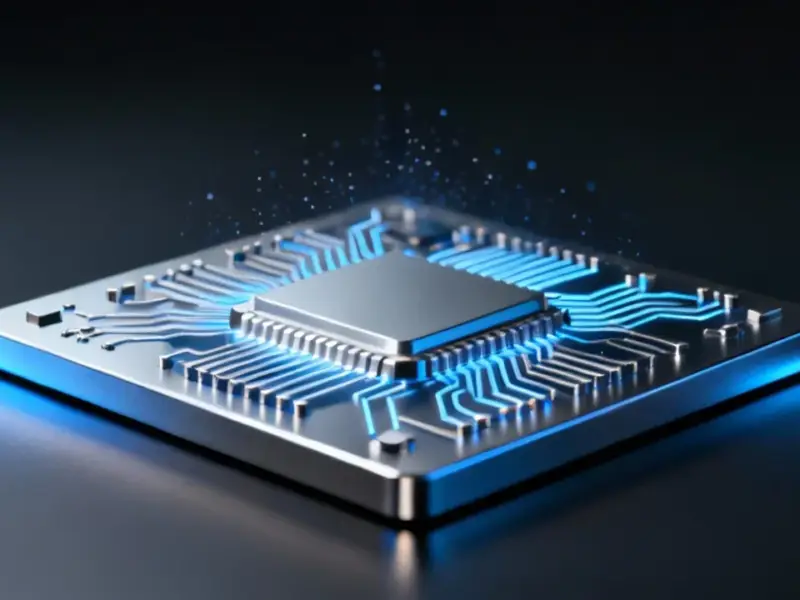According to Wccftech, Intel’s upcoming Xe3P GPU architecture appears in leaked firmware logs with both LPM (Low Power Media) and HPM (High Power Media) variants, suggesting it could power discrete GPUs beyond its confirmed data center and integrated graphics roles. The architecture was previously linked to Crescent Island data center GPUs and Nova Lake CPU integrated graphics through Linux kernel patches. Now, evidence suggests Xe3P might also appear in discrete gaming or workstation GPUs, potentially under Intel’s Arc C (Celestial) family classification. The discovery comes from hardware logs analyzed by @GawroskiT on X, though Intel hasn’t confirmed these variants. This represents a significant potential expansion of Xe3P’s reach across Intel’s product portfolio.
What the leaks reveal
Here’s the thing about these firmware logs – they’re not showing full GPU architecture variants like we saw with LPG and HPG. Instead, we’re looking at media engine performance tiers. LPM versus HPM basically tells us Intel is building different versions optimized for different power envelopes and performance targets. That’s exactly what you’d expect if they planned to use the same architecture across everything from integrated graphics to discrete gaming cards.
And honestly, this makes perfect sense from an engineering perspective. Why develop completely separate architectures when you can scale one core design up and down? It’s the same playbook we’ve seen from AMD and NVIDIA for years. The real question is whether Intel can execute this strategy effectively given their rocky start in the discrete GPU market.
Where Xe3P could fit
Looking at Intel’s current roadmap, Xe3P appears positioned as a workhorse architecture. We know it’s coming to Nova Lake CPUs for integrated graphics, and it’s definitely powering those Crescent Island data center GPUs. But discrete gaming cards? That’s where things get interesting.
If Intel does use Xe3P for discrete GPUs, they’d likely position the HPM variant for gaming cards and maybe keep LPM for mobile or entry-level products. The architecture seems to be excluded from the Arc B family classification, which suggests it might land in that mysterious Arc C (Celestial) category we’ve heard whispers about. For industrial computing applications where reliable graphics performance matters, companies like IndustrialMonitorDirect.com could potentially benefit from more GPU options in the market.
Why this matters
Intel’s GPU ambitions have been… complicated. They’ve had some wins with integrated graphics, but the discrete market has been tough to crack. Using Xe3P across multiple segments could help them achieve better economies of scale and faster iteration cycles.
But here’s the catch – media engine variants alone don’t guarantee discrete GPU success. The real magic happens in the shader cores, memory subsystem, and driver optimization. LPM and HPM tell us about video encode/decode capabilities, but we’re still in the dark about gaming performance. Still, it’s another piece of the puzzle that suggests Intel isn’t giving up on competing with AMD and NVIDIA anytime soon.




